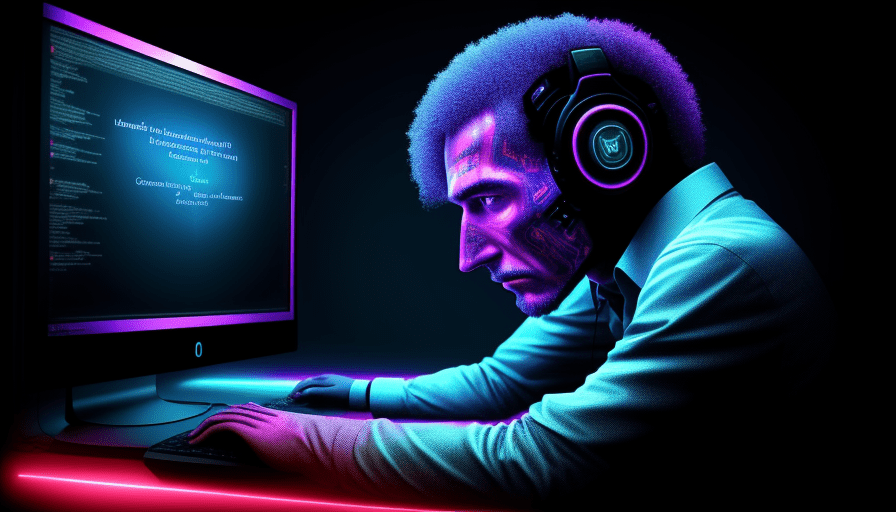The waltz of (tens of) billions…
Financial follies in the world of Artificial Intelligence
By Dominique Jacquet

Sam Altman, who is having dinner at the Élysée Palace, invited by the President of the French Republic, has to leave for a few minutes, because his former partner has just offered nearly $100 billion to buy OpenAI. Sam Altman responded by offering Musk to buy X (ex-Twitter) from him for $9.7 billion, which prompted Musk’s response: “crook.”
It really does look like a “school playground” with a bag of marbles replaced by dollars in significant quantities.
Previously, Sam Altman, Larry Ellison and Masayoshi San presented the Stargate project with the blessing of Donald Trump and the commitment to invest $500 billion over 4 years to build data centers and other AI-related industrial tools. Masayoshi and Sam had pledged, in the short term, to contribute $19.5 billion. The problem is that you have to have the corresponding bank account. There is a nuance between valuation and cash.
To help his friend, Masayoshi San has therefore proposed to enter the capital of OpenAI to the tune of 40 billion for a pre-money valuation of 260 billion, putting Elon Musk’s proposal out of the game.
The question then arises of the cash available to Masayoshi San to finance OpenAI.
However, Masayoshi (in fact SoftBank Vision Fund – SVF) has already entered the company’s capital in 2024, but “modestly”, contributing part of the October 2024 fundraising (6.6 billion for a pre-money valuation of 150 billion). But, SoftBank is already involved in AI through 2 investments.
In 2016, SVF bought Arm for $31 billion before listing the company for $54 billion in 2023, a value that is now up to $155 billion. The competition authorities had refused the merger of Arm and Nvidia in 2022, hence the listing of Arm. But SVF had also entered Nvidia’s capital in May 2017 by contributing 4 billion to a company that was worth 80 billion. Nvidia’s 5% stake now represents $170 billion, which reassures us about Masayoshi San’s ability to provide $40 billion.
The origin of Masayoshi San’s fortune lies in his meeting with Jack Ma in 2000 and the investment of 100 million dollars, which over the years became more than 100 billion.
Now, let’s imagine for a moment that, instead of buying 5% of Nvidia and 100% of Arm, he had done the opposite. He is now the proud owner of a company worth $3.4 trillion, or 9 times Elon Musk’s fortune. The world would be different…
More seriously, two remarks:
- The world is no longer Gaussian, but extreme, and asset management based on portfolio diversification has taken on a few wrinkles. In a “tech” world, the Venture Capital approach seems more appropriate: don’t miss the next Nvidia!
- The market value (not fundamental…) of a firm is linked to the price at which an investor thinks he can sell it a little later. If the value is multiplied by 2, his assets have doubled but not yet the amount in his bank account. Turning into cash is often problematic. This is why Cisco bought the companies (internet bubble) by offering Cisco shares that could be immediately transformed into hard currency!